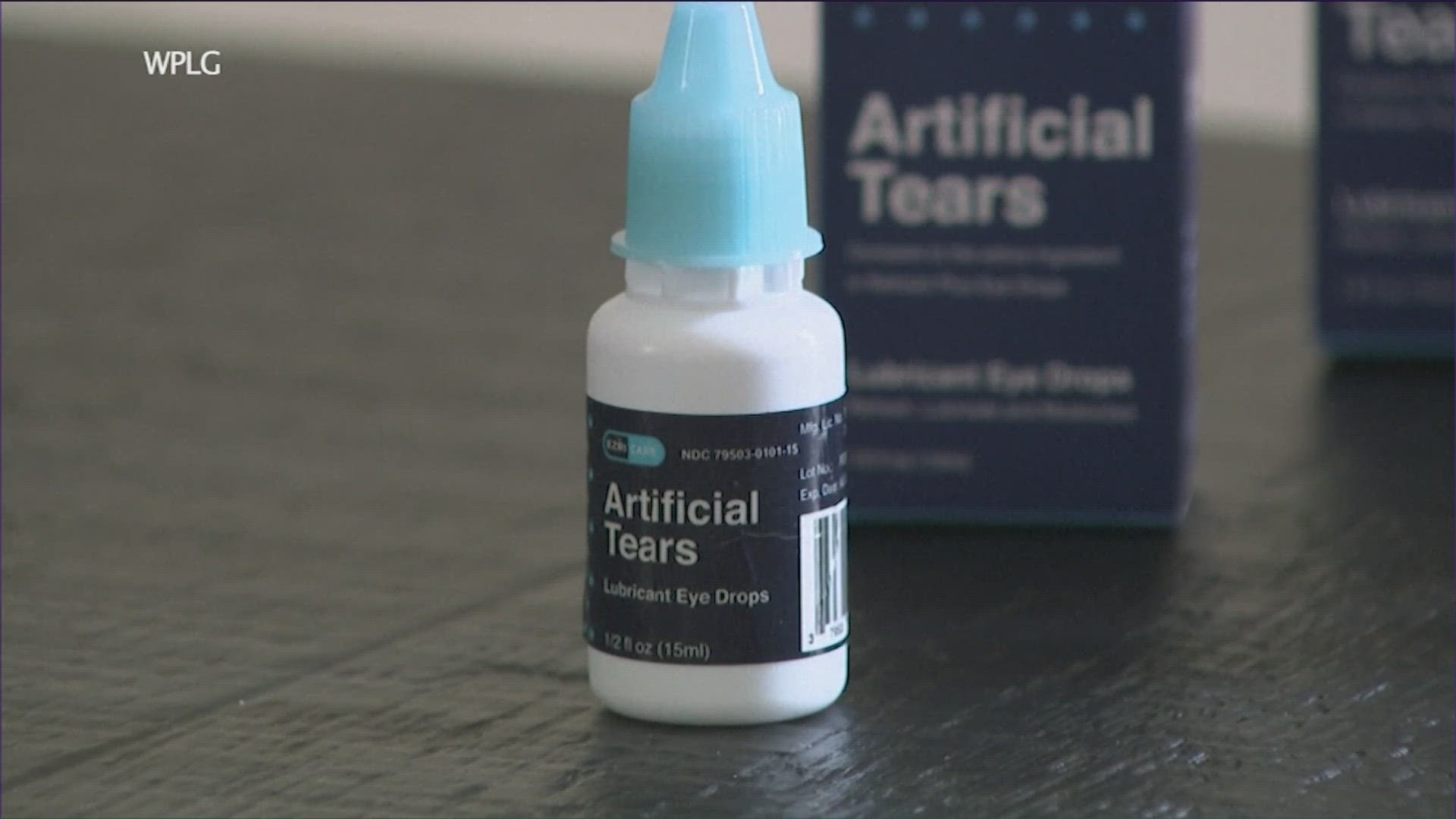AUSTIN, Texas — In recent headlines, the FDA has warned consumers and eye care professionals not to purchase and to immediately stop using EzriCare Artificial Tears or Delsam Pharma’s Artificial Tears, citing violations in manufacturing practices, including lack of appropriate microbial testing, formulation concerns and lack of proper controls related to tamper-evident packaging.
EzriCare Artificial Tears and Delsam Pharma’s Artificial Tears are manufactured by Global Pharma Healthcare Private Limited and are available over the counter.
The FDA, the CDC and state and local health departments are collaborating in an investigation into a multistate outbreak of a rare, drug-resistant strain of Pseudomonas aeruginosa bacteria. As of Jan. 31, the CDC had identified 55 patients in 12 states with infections that have been linked by epidemiologic and laboratory evidence to use of EzriCare Artificial Tears.
Adverse events included hospitalization, one death from a bloodstream infection and permanent vision loss from eye infections.
Dr. Daniel LaRoche, an eye specialist in New York City, said this particular organism is actually resistant to several classes of antibiotics, which is very rare.
"To fight this organism, we have to do fortified antibiotics with a combination of several classes to try to fight this and catch it early," LaRoche said.
The FDA also warned consumers and health care professionals not to purchase or use Delsam Pharma’s Artificial Eye Ointment due to potential bacterial contamination.
LaRoche said when you get a red eye, most of the time, you can have it for several days or a few days. If you're infected with this organism, not only is it a red eye, but it will penetrate your cornea.
"Within like, 48 hours, it can penetrate the bloodstream and cause an infection in the bloodstream that can lead to what we call sepsis and death," LaRoche said.
In the U.S., it is easier to ensure compliance with FDA manufacturing guidelines, which include washing your hands before and after using eyedrops, not touching the dropper to your eye to avoid contaminating the tip, closing the eyedrop bottle tightly after each use and not using the same eyedrops for multiple people.
"When you put the eyedrops inside your eye, do not touch the eyelashes or touch the eye itself. When you finish, close [the] eye drops tightly to prevent infection. Also put it in a safe location that's clean away from moisture and away from heat. Do not share that bottle with other people because if multiple people are using that bottle, that can get contaminated when it's finished," LaRoche said.
Anyone with symptoms of an eye infection should talk to their health care provider or seek medical attention immediately.
"If you're taking eyedrops and all of a sudden you noticed that [you're] getting a red eye, in this particular day and age right now, see an ophthalmologist right away," LaRoche said. "Don't wait just to make sure because with this particular organism that's multi-drug resistant, you really have to get treatment started, you know, within hours."

